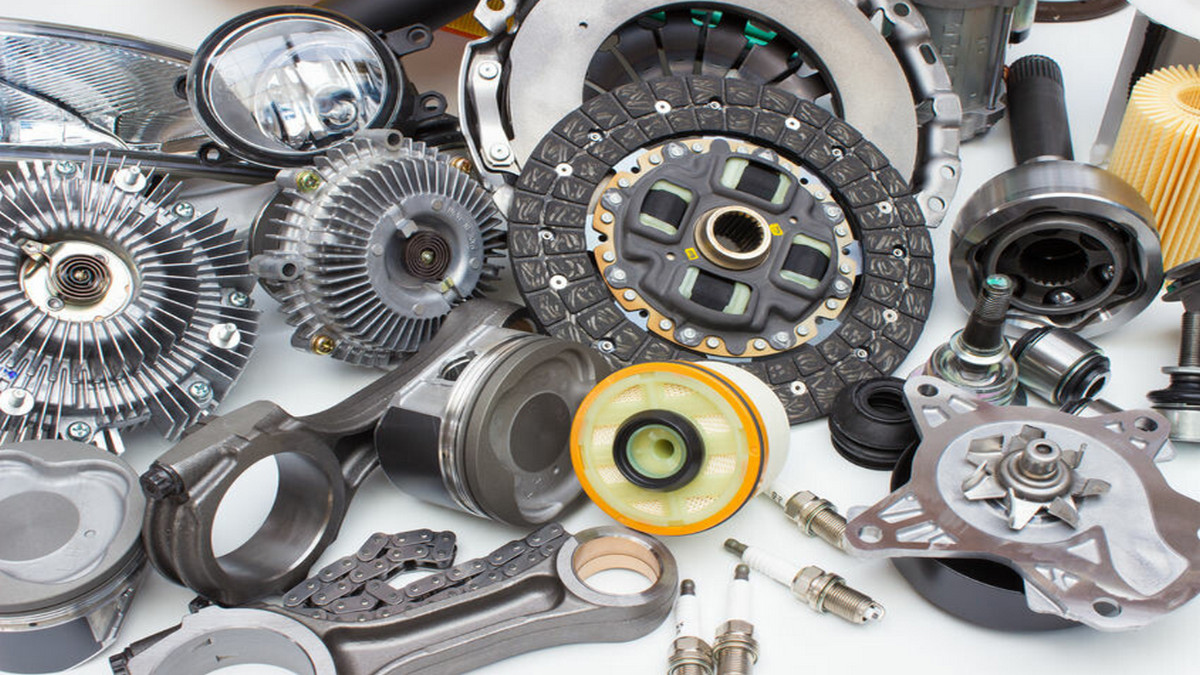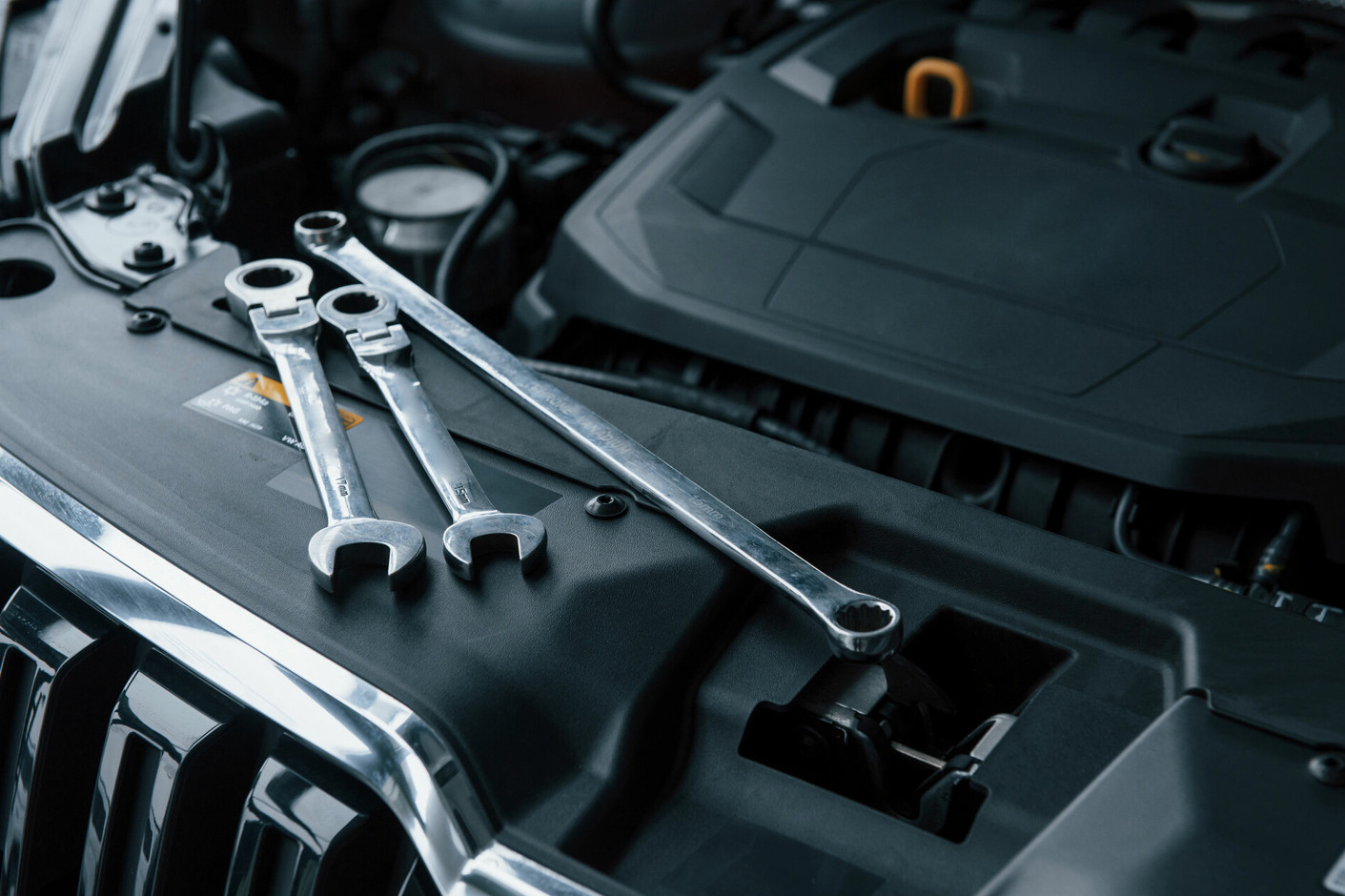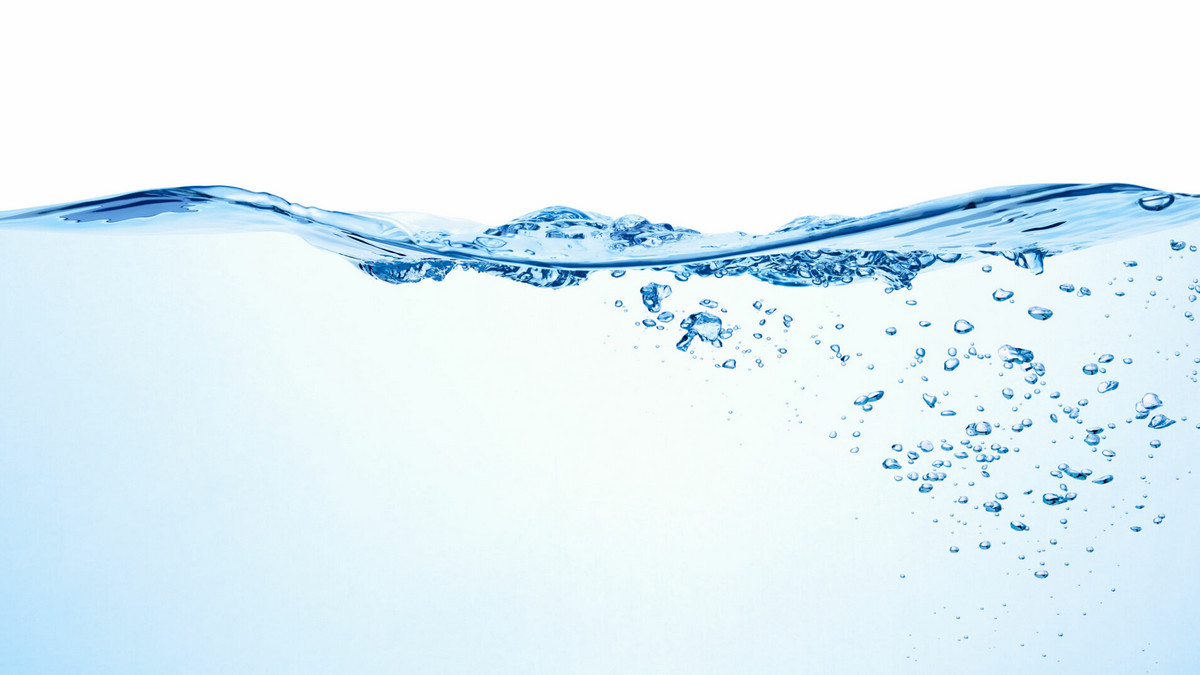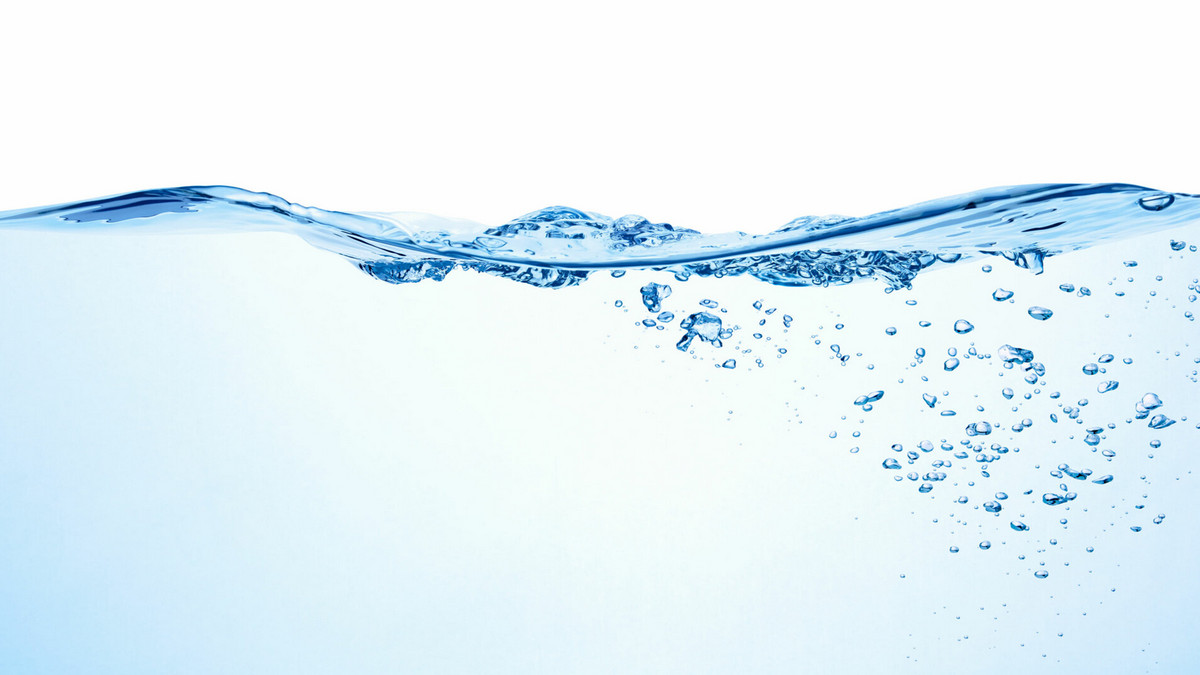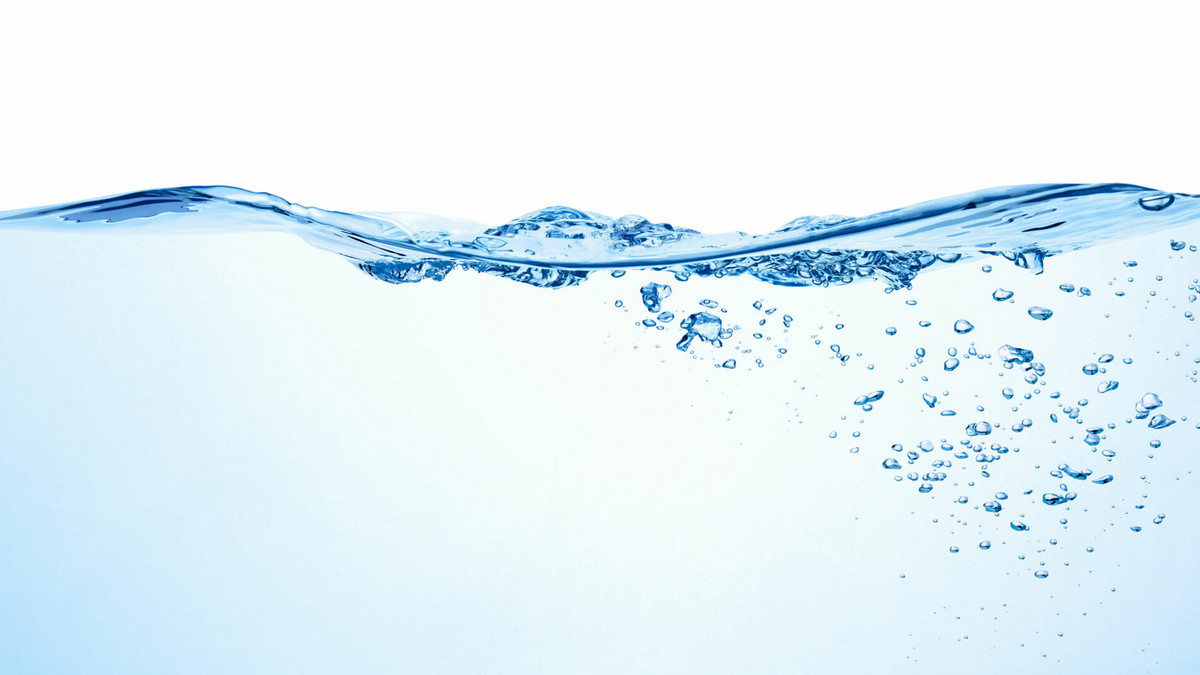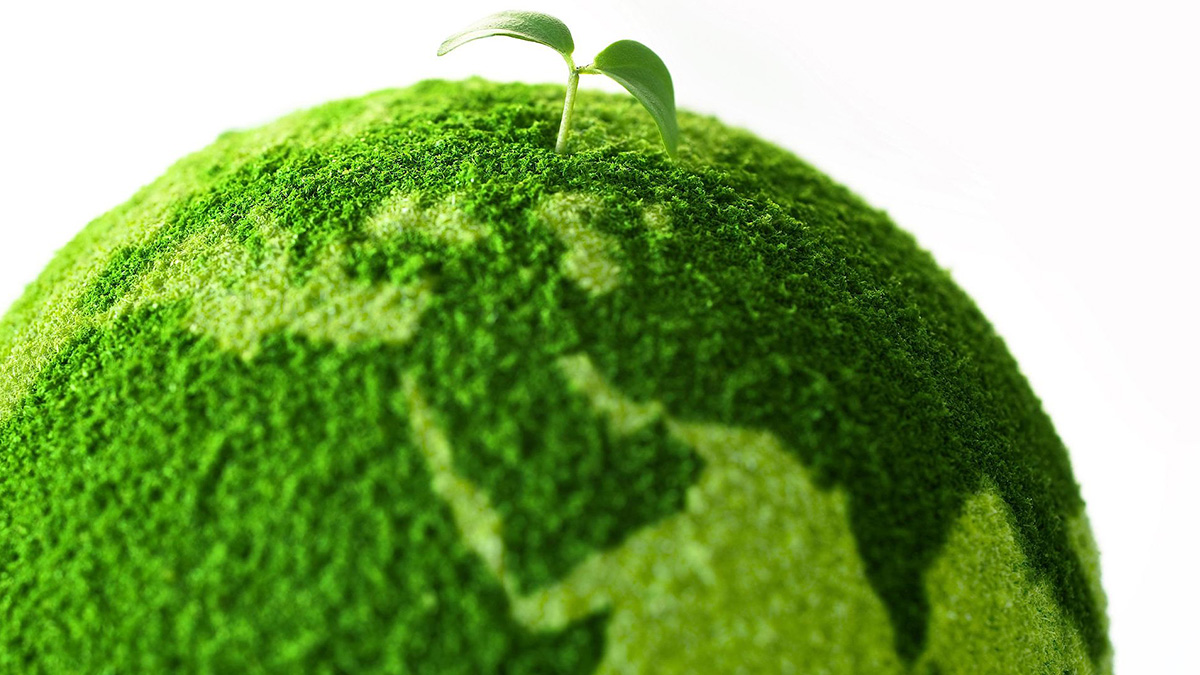Interest in biofuels is growing due to their environmental benefits and potential greenhouse gas reduction potential.
What is Biofuel?
Biofuel is any kind of energy that comes from plants. The most common is ethanol, an alcoholic fuel made from the fermentation of extremely sugary crops such as sugar cane and corn. Renewable ethanol production is not just a renewable low-carbon fuel, it enables Europe to meet its climate goals by replacing fossil gasoline. The other is biodiesel, which is diesel fuel refined from vegetable fats or oils. Biofuels are defined as fuels that are at least 80% by volume derived from living organic matter produced within a decade.
Biofuels, biomass fuels or ecological fuels, or biomass energy generally refer to solids, liquids, or gases that are composed or extracted from biomass. Biomass can be converted into readily available, energy-containing substances using three different transformation methods, including thermal, chemical, and biochemical transformations. This biomass conversion may result in solid, liquid, or gaseous form, and this new biomass can be used as biofuel. The so-called biomass refers to living organisms or the products of the metabolism of living organisms, such as cow dung. Unlike traditional fuels such as oil, coal, and nuclear power. This emerging fuel is renewable. Biofuels are growing in popularity because of rising oil prices and the need for energy security. China is working on the use of treated waste oil as vehicle fuel. If it can be produced on a large scale, it will be the latest biofuel.
Biodiesel is made from vegetable oils and animal fats. Pure biodiesel can be used as a vehicle fuel, but it is often used as an additive to diesel to reduce particulates, carbon monoxide, and hydrocarbons emitted by diesel vehicles. Biodiesel is produced by transesterification of oil or fat and is the most common biofuel in Europe. The International Energy Agency has a goal of meeting more than a quarter of global demand for transport fuels with biofuels by 2050 to reduce reliance on oil and coal.
Biofuels vs Fossil Fuels
The advantage of using plant fuel is that it comes from renewable sources, whereas fossil fuels such as coal, gasoline, and natural gas are formed by decaying organisms that have been buried underground for millions of years. Fossil fuel production involves a series of high-intensity processing procedures, including drilling wells, pumping oil, refining, and transporting it by sea and land, while biofuels do not.
Biofuels are cleaner because they emit less carbon dioxide and benzene into the air than petroleum fuels. Corn and other plants used for feed absorb carbon dioxide from the atmosphere simultaneously during the growth phase, reducing carbon dioxide levels throughout the fuel life cycle. Another advantage of biofuels is that they are lower in quality than fossil fuels, which can reduce costs when used in air transport, resulting in cheaper airfares and a lower carbon footprint.
Economically, the production of biofuels can increase the income of farmers in developing countries. The millions of farmers who grow food often cannot afford food at market prices. Switching to crops for biofuel production could yield higher returns.
The cost of conventional biofuels:
Biofuels can be environmentally friendly or not, depending on how it is produced and where it comes from. The least environmentally friendly biofuels, such as palm oil and sugarcane oil, require deforestation when planting, which reduces the amount of land for growing food, and may not have less impact on the environment than some relatively environmentally friendly fossil fuels. In the case of biofuel crops such as bananas and rice, their growth conditions vary by region, which means higher planting costs in some regions, or even the need to import the fuel, raising costs and carbon emissions. However, planting crops requires water irrigation, which will put pressure on local water resources.
Growing global demand for biofuel crops has caused their prices to skyrocket, benefiting farmers but suffering another group of farmers who use them to feed their livestock, ultimately leading to higher meat prices and greater food scarcity for the poor. The World Bank and the United Nations report that the high demand for biofuels is a factor driving up global food prices.
Massive deforestation:
The huge demand for biofuels and the high monetary returns will only drive the rapid expansion of cultivation. In Indonesia, the expansion of palm fields has led to severe deforestation, and processes that violate environmental principles, such as draining groundwater and burning peat swamps to clear agricultural land, have made the entire country the culprit of greenhouse gas emissions. The use of plant fuels is based on environmental protection. Therefore, whether the process of planting and harvesting these crops implements the original environmental protection spirit should be the most important consideration.
Biofuels can be greener:
Scientists studying alternative energy sources are trying to overcome these shortcomings, and developing crops that are more resistant to extreme climates is part of the response. The researchers unearthed non-food sources of ethanol, which seemed to clear up all previous problems. These next-generation energy sources include various types of tall grasses that can grow on poor, water- or fertile-deficient soils. Algae grow in seawater, freshwater, and even sewage. Landfill waste can be converted into fuel. Waste oil finds a decent new outlet, and there is a chance that it can be used again.




